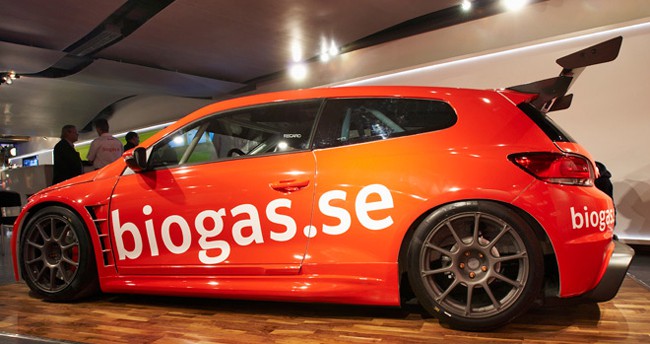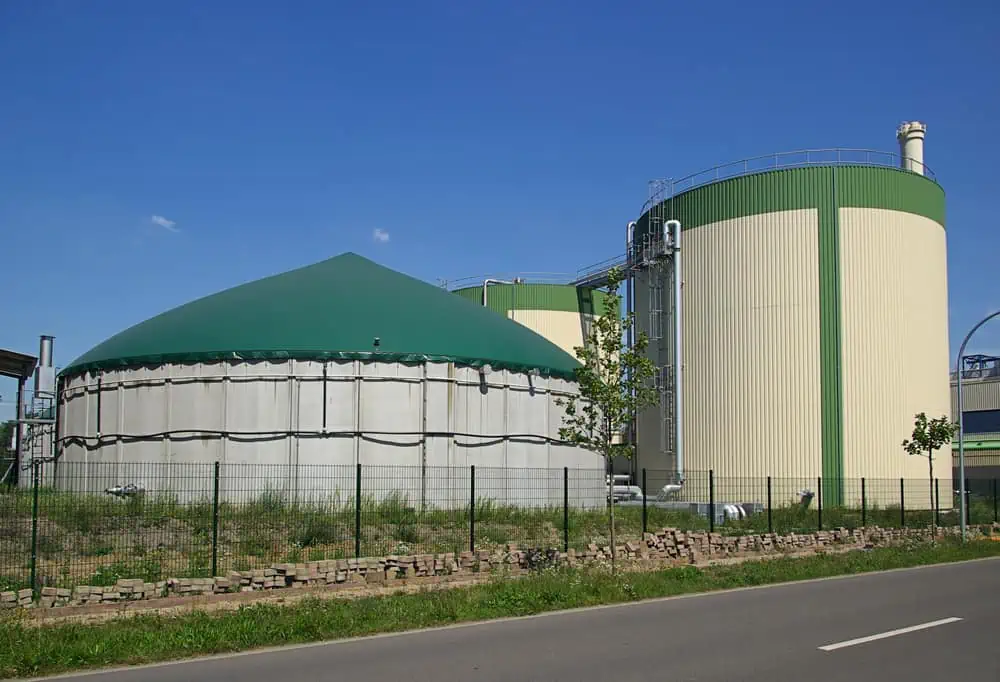Biomethane

Biomethane is a renewable and alternative energy source produced from organic matter. The process uses anaerobic or oxygen-free digestion in a reactor vessel. The process converts organic matter to a combustible gas containing methane. The gas consists of 55-75% methane and 20-45% carbon dioxide. (depending on the feedstock, temperature and a range of other variables). Depending on the organic matter and other processes. There are also small amounts of other gases such as hydrogen sulphide, water vapour and ammonia.
Biomethane derives from biogas but with further refinement and cleaning of impurities. Biomethane typically holds 97% methane and only 2-3% carbon dioxide and has much higher energy content than biogas. The technology to purify biogas quite is expensive. It is generally only economically feasible for biogas systems that generate 500kW or more. The upgraded biogas, or biomethane, can integrate into natural gas grids as a substitute for natural gas or compressed for use as a portable fuel.
By the end of 2010, more than 1.4 million natural gas vehicles were operating in Europe, including 145,000 buses and 108,000 trucks. Additionally, there were 2,600 public and 1,100 private fuelling stations for these vehicles. Sweden is also leading the way in biomethane production, with a 55% share of all gas used in vehicles, followed by Switzerland with 22%.
There are different methods to upgrade biogas to biomethane. The choice of the most economical technology is dependent on the quality and quantity of the raw biogas. Also desired biomethane quality and of course the final use. There are other considerations when selecting the correct technology to upgrade biogas. This includes the operation of the digestion plant itself. The types and availability of the feedstock, as well as the local circumstances at the plant location.
- Pressurised water scrubbing. This system dissolves carbon dioxide and biogas into water at high pressure, just like in a can of soda. Pressure reduction in a flash tank causes the biomethane to rise to the surface.
- Scrubbing with amine or polyglycol. This is similar to the water wash, except that it uses organic solvents instead of water.
- Pressure swing adsorption. This system uses four phases to trap selected molecules in an adsorbent medium releasing them at lower pressure. These phases are pressure build-up; adsorption; depressurization; and regeneration.
- Membrane technology. Selectively permeable membranes are used to retain methane on one side. Carbon dioxide migrates through the membrane due to a pressure differential on the other side.
- Cryogenic technology: methane and carbon dioxide condense and freeze at different atmospheric pressures. This technology takes advantage of this fact to separate the two gases in different phases.
It is “estimated that 28EU and European succession states of the former Soviet Union could produce 250 billion standard cubic meters of biomethane from digestion in biogas plants by 2020”, The Biogas Handbook: Science, Production and Applications. Wellinger A, Murphy JP and Baxter D, IEA Bioenergy, 2012.


Leave a Reply
You must be logged in to post a comment.